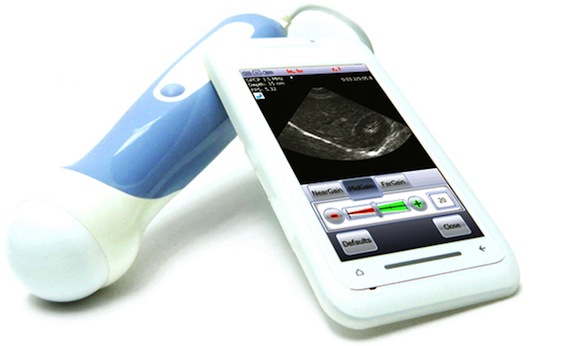The rise of mHealth
More people are using mobile apps to manage their health
The “e-patients” are now turning to their mobile devices for health information and management through the use of medical apps. This movement is called mHealth and is on the rise. According to this infographic, in 2011, 124 million people downloaded a health related mobile app, and so far in 2012, 247 million people have downloaded a health app.

Currently, there are more than 40,000 medical apps available for smartphones and tablets. There are apps that manage sleep patterns, track pregnancies, manage moods, monitor blood pressure, check pollen levels, manage prescriptions, remind patients to take pills, and help people lose weight by tracking physical activity, counting calories, and providing healthy food options.
However, some apps are more complex. WellDoc created a mobile app called DiabetesManager that got clearance from the FDA to operate as a medical device. This app can be accessed on a computer or mobile device and allows patients to input information about their diet, blood sugar levels, and medication regimen. In return, it gives advice to the patient and sends clinical recommendations to the patient’s physician. In addition to FDA clearance, two health insurance companies have agreed to cover the app for patients at $100 a month.
Another app approved by the FDA was created by MobiSante and is a smartphone-based ultrasound system. It includes a mobile app and an exterior ultrasound device that connects to the phone. With the device, images can be stored and shared through a secure network for second opinions and diagnosis.
Other components of mHealth are viewing health records electronically and using gamification.
Does your hospital or physician practice embrace mHealth? What steps are you taking to incorporate these new technologies into your patient care?
